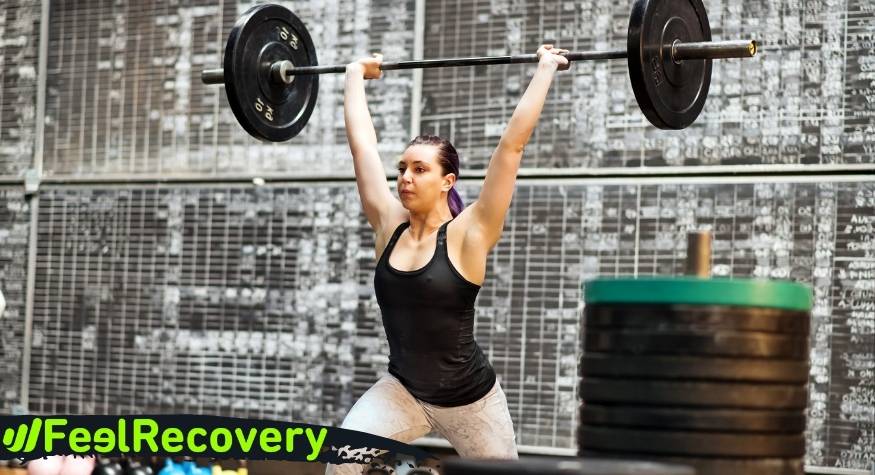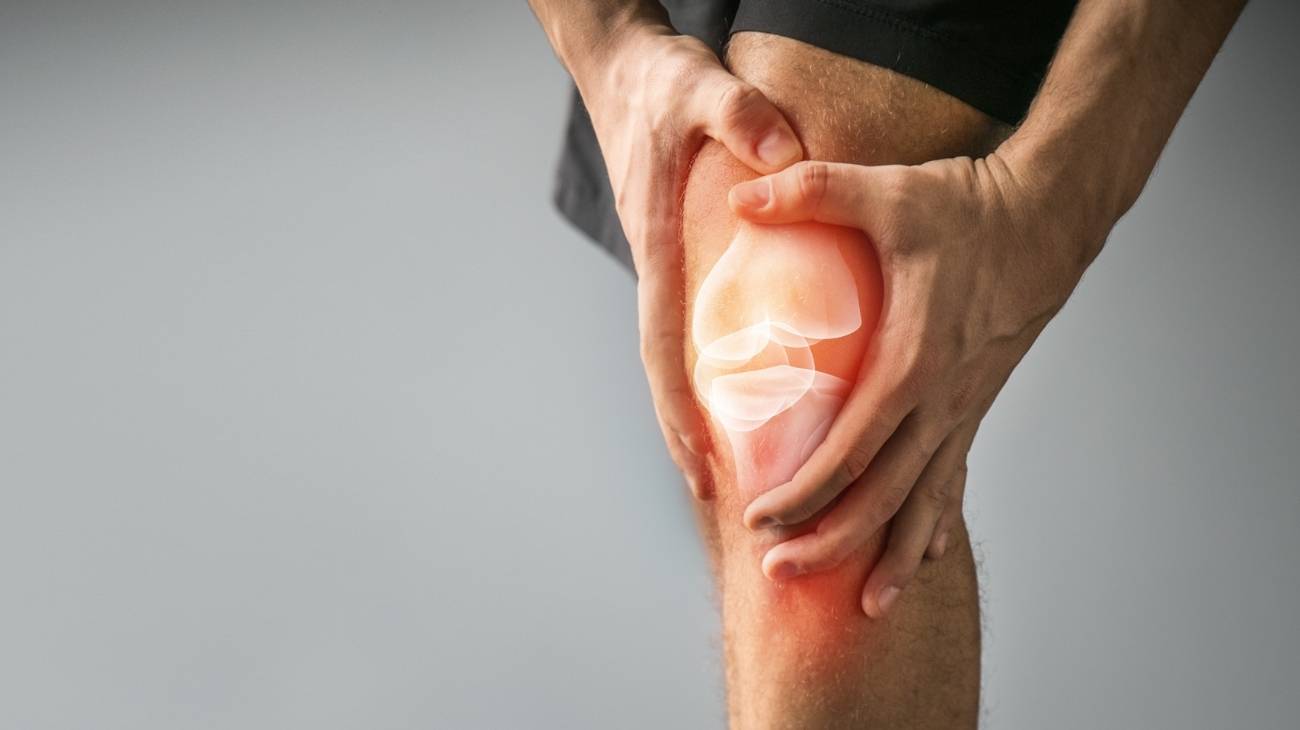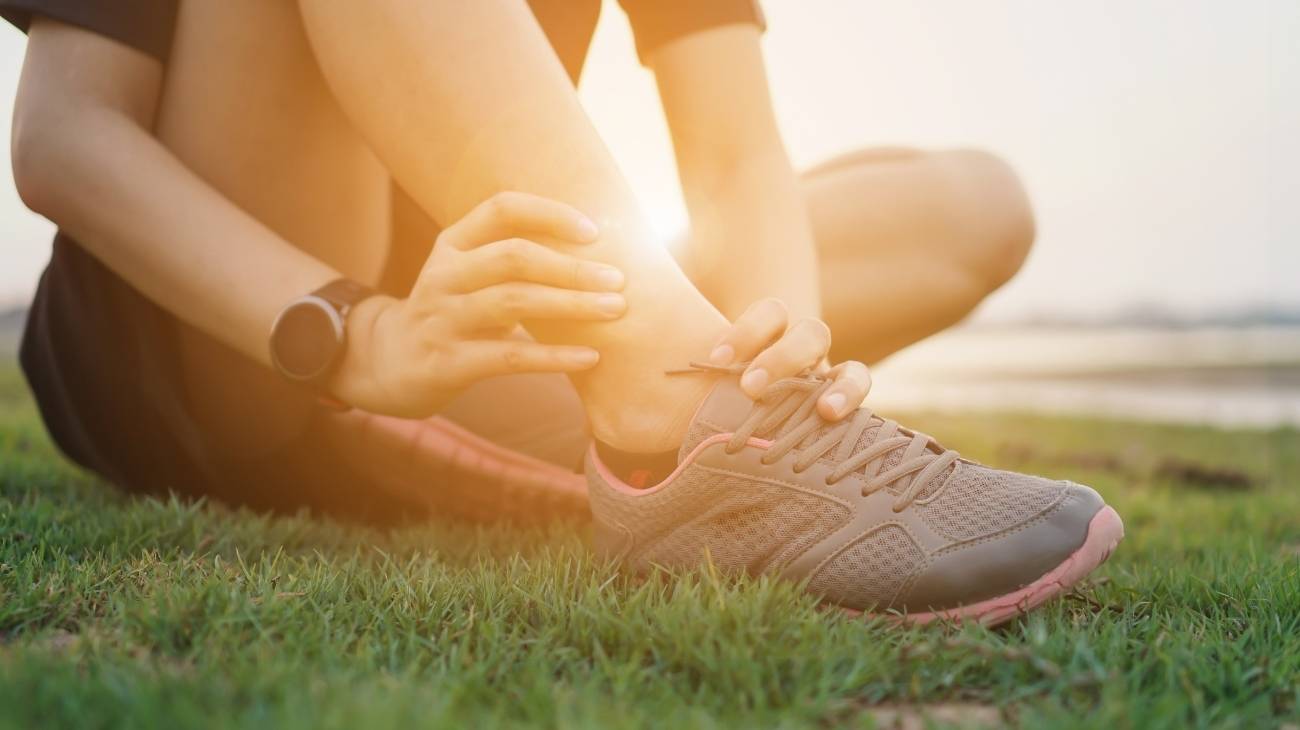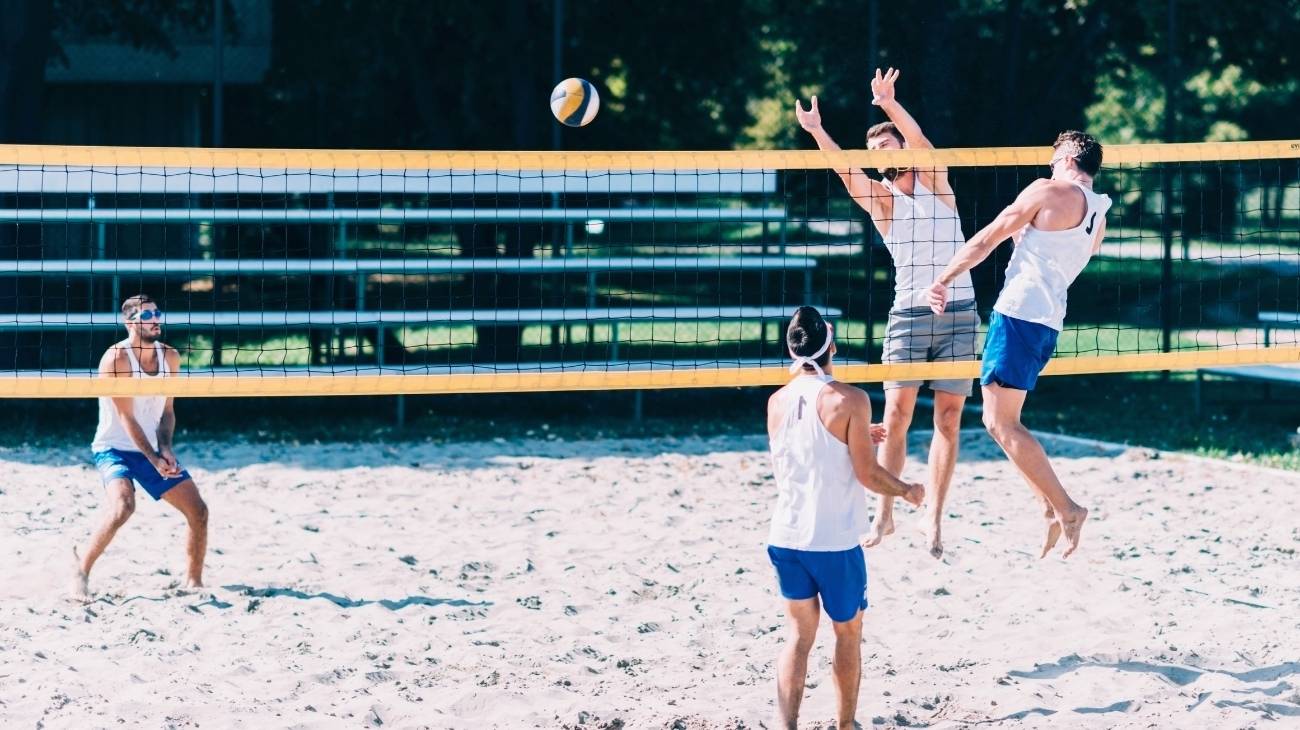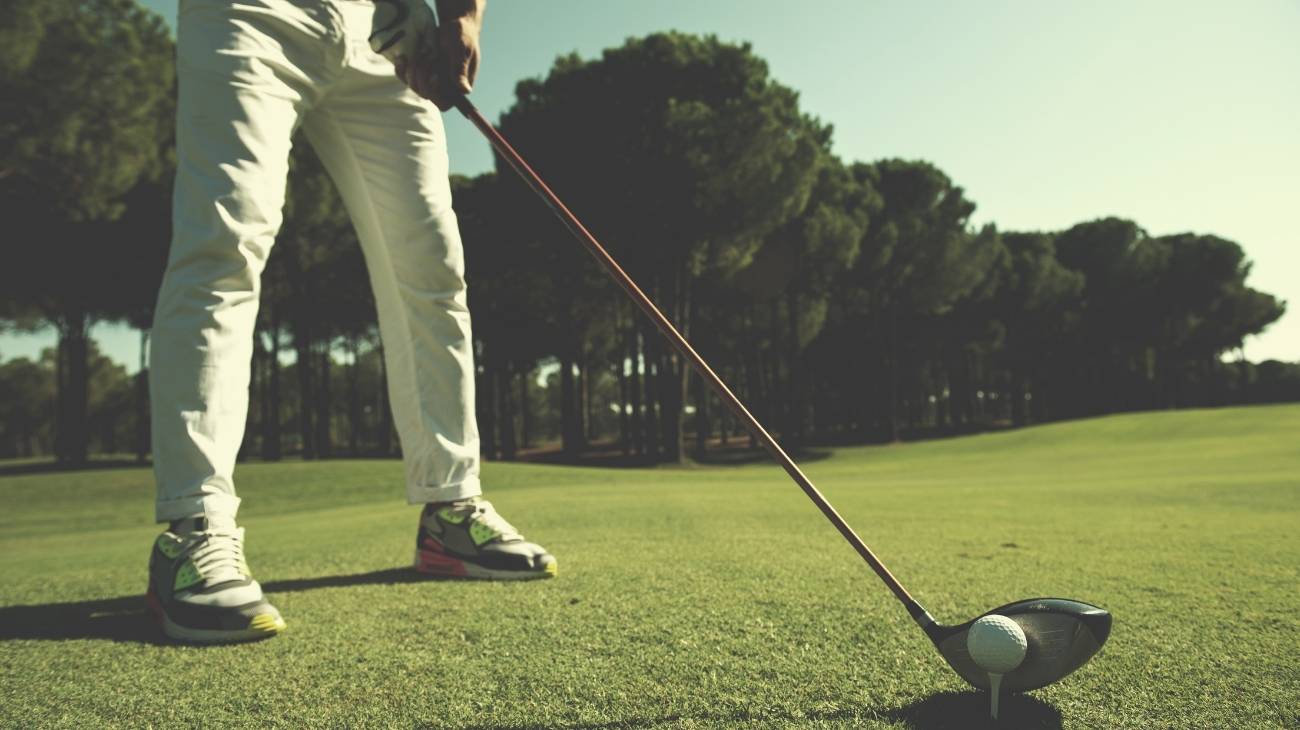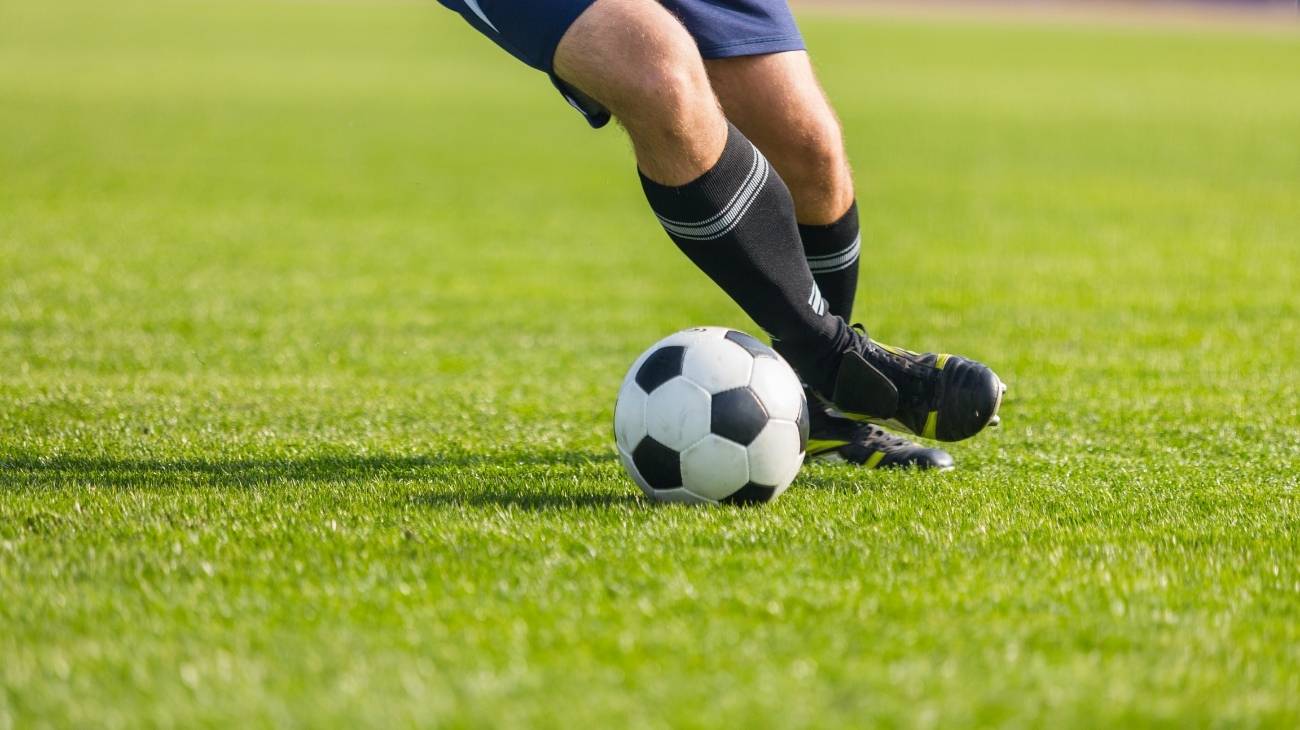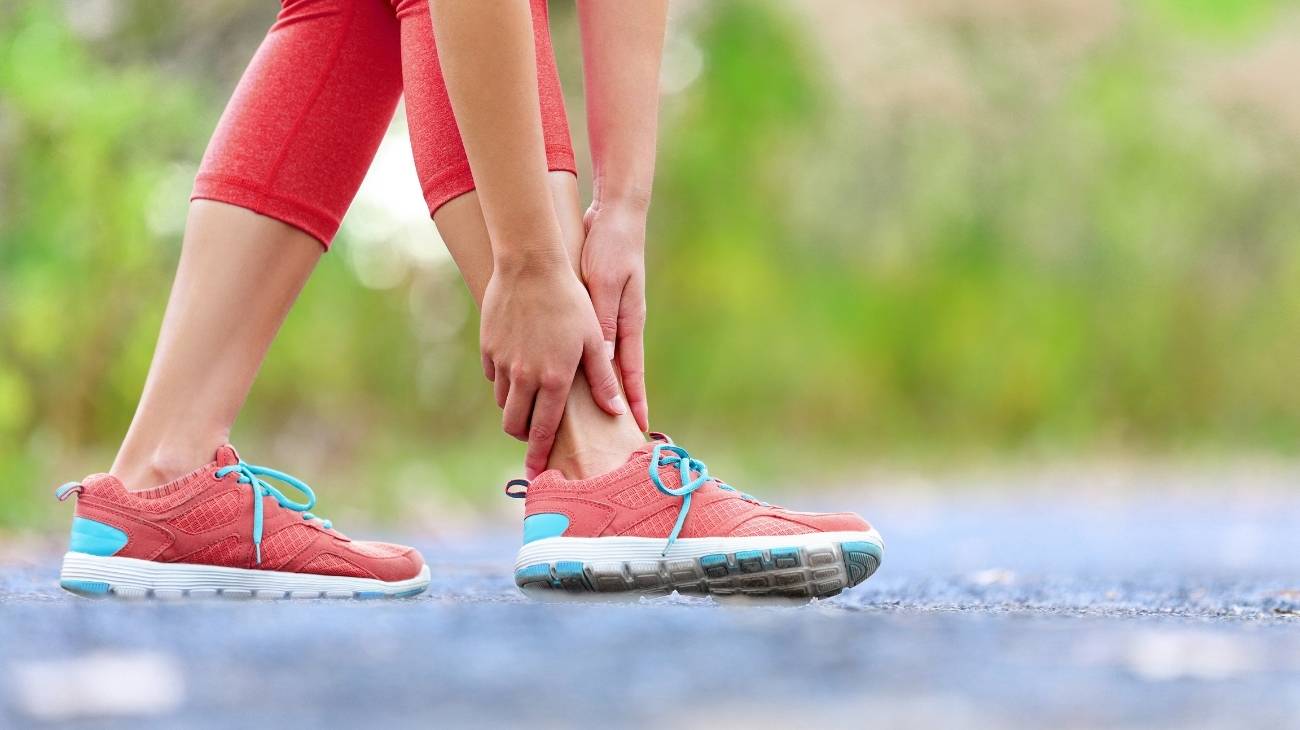- What are the most common shoulder injuries when weightlifting and powerlifting?
- What types of sports shoulder supports are best for strength sports injuries?
- What features should you consider before choosing the best sports shoulder brace for fitness or weightlifting?
- Do compression shoulder braces for gym sports really work?
Weightlifting is one of the most injurious sports that exist due to the high weight loads that its practitioners have to lift and the high intensity training involved. Therefore, it is very common for accidents to occur, especially in the shoulders, due to the overuse and effort that they constantly exert on it.
That is why the use of compression shoulder braces is recommended for injury prevention and recovery, as well as other benefits that will be addressed in the following article, explaining its characteristics, types, if it works in these practices and more.
What are the most common shoulder injuries when weightlifting and powerlifting?
During the practice of weightlifting sports, it is common for muscles, joints and cartilage to be compromised by too sudden movements, overtraining, excessive weight and even degenerative damage.
The shoulders and their joints are more exposed because they are the conductors and supports of the weight we lift, it is important to know what are the most common injuries to which the athlete is at risk in the practice of weightlifting disciplines.
Shoulder tendonitis
This is an injury that affects the tendons of the shoulder joint complex, basically caused by excessive tension of any muscle-tendon area. The most common movements or actions that cause tendinopathy are: repeated stretching, throwing things or sustained strain. At least two of these three causes are common within weightlifting and fitness, especially the stretching involved in holding and lifting weights overhead, placing increased stress on the entire shoulder joint complex.
When tendinopathy occurs, you may have the following symptoms: inflammatory pain caused by pressure on the tendon, pain or discomfort on palpation, decreased strength, difficulty or impairment in performing daily activities, discomfort when attempting active shoulder movements, and pain when attempting stretches of the muscle tendon.
Rotator cuff injury
This type of injury can occur with partial or complete tearing of the tendons that attach to the bone and muscles, or when the bursa, a smooth layer that lines the tendons, becomes inflamed and irritated. It can occur after a sudden movement when trying to lift something too heavy or when the athlete falls on the outstretched arm.
The above-mentioned cases are likely to occur in weightlifting, especially when the athlete inappropriately exceeds the recommended weight for their level of training and strength of the shoulder joint. An example of this is when the person cannot support this weight and may fall and suffer a rotator cuff tear, and if they do not fall, they would have a partial tear of these tendons.
Clavicle fracture
This is the total or partial separation of the bone that connects the upper part of the sternum to the shoulder blade. These are caused by a direct blow to any point on the bone. In weightlifting, it occurs when the athlete falls or is hit by the weights and these, of course, contain a considerable amount of weight; and in addition, the shoulder joint complex did not have adequate protective equipment to cushion or protect from the blows and falls.
The main symptoms are: pain in the area of the fracture, great difficulty in moving the entire joint, coupled with great pain, shoulder with a slumped appearance, grinding noise when lifting the arm, bruising, severe swelling and bumps in the affected area.
Suprascapular nerve compression
The suprascapular nerve is located in the upper trunk between C-5 and C-6 and crosses under the ligament. The injury often occurs in athletes involved in disciplines with a heavy emphasis on the shoulders and head, such as weightlifting. This nerve can be compressed by acute injury, overuse, repetitive irritation and lipomas, resulting in atrophy of the supraspinatus and infraspinatus, and following atrophy, weakness or atrophy of the infraspinatus.
Compression arises from impingement which may be due to continuous traction from the position of the shoulder during sporting activities, scapular depression with retraction, hyper abduction or excessive crossing of the arm with flexion.
Shoulder dislocation
This injury is caused when the ball-shaped head of the humerus pulls out of the shoulder blade. This is mostly caused when it is pushed forcefully in front of the joint. In power sports, the shoulder is the most frequently dislocated, especially in weightlifting and Crossfit.
The bone can be pushed completely out of the joint, called a dislocation, or only partially which would be a subluxation, in both cases a high intensity compressive or tensile force pulls, pushes, or rotates the shoulder outwards, upwards or backwards. The main symptoms are: swelling around the joint, severe pain, inability to move the arm away from the trunk, and numbness of the muscle overlying the shoulder joint.
Bestseller
What types of sports shoulder supports are best for strength sports injuries?
When practising weightlifting, fitness or any bodybuilding sport, we are exposed to suffer the aforementioned injuries and many more. Therefore, it is important to use all the preventive equipment that allows better blood circulation, compression during movements and that protect our shoulders when lifting weights, being these garments highly recommended. The following section deals with the best shoulder support for weightlifting and fitness.
Shoulder compression braces sleeves
This particular type of shoulder brace is the most recommended for weightlifting because, first of all, proper compression allows the shoulder joint to be strengthened, while maintaining the necessary mobility. As for the treatment of injuries, it helps considerably in the recovery of rotator cuff damage, displacement and dislocation, it is suitable for shoulder dislocation, instabilities of the same area, swelling, torn muscle or ligaments and tendonitis.
It is undoubtedly one of the most versatile because of the use of pressure to provide extra support to the joint and the movements performed during weightlifting, it is also one of the most comfortable in terms of design. Generally made from neoprene and may contain snaps to provide extra support, another benefit is that they are lightweight, which means that the shoulder is not overloaded.
Bilateral shoulder supports
Their main function is to offer greater stability, as they usually have cross straps that fit snugly around the torso but do not restrict mobility. They also have good support and are conducive to pain relief, as they allow for proper blood circulation, while at the same time supporting the entire shoulder.
According to the design, they can also provide other benefits such as heat therapy, and are especially recommended for injuries such as dislocated or unstable shoulders resulting from excessive force that hurt the joint and its mobility. They are widely used by fitness practitioners, for combined strength exercises or simply those where extra support is required.
Orthopaedic shoulder supports
Specially designed for thermal therapies, as both layers can be fitted with heating or cooling packs, a very useful treatment when weightlifting and fitness, because they help to relieve inflammation, pain, numbness and relax the shoulder muscles. But, not only do they fulfil this function, they can also act as shoulder braces with this therapeutic advantage.
They are usually made of skin-friendly materials, light and easily adjustable, which is very comfortable for sportsmen and women. They are recommended for use when tendon injuries have been suffered and extra support is needed after training or competitions, where the joint in general and therefore the tendons are overexposed.
What features should you consider before choosing the best sports shoulder brace for fitness or weightlifting?
Weightlifters, powerlifters and gymnasts in general are exposed to unpredictable injuries and damage. Therefore, it is important to choose the right protective equipment according to the requirements of each athlete. For this reason, different aspects must be taken into account when choosing a product as important as the sports shoulder brace, in this way the person will obtain greater benefits for their health and performance.
According to its function
- Protective shoulder support: The sports shoulder braces fulfil a fundamental function for the athletes, and it is to offer security in each movement, whether it is of flexion, support or lifting type, these pieces allow that the joint and muscles do not carry out these mobilisations in such a way that they can cause damage. Through their compression, support and support, they offer the arms and shoulders the necessary support to lift weights or perform techniques in a safe and professional manner.
- Shoulder brace for pain relief: Some shoulder braces are specially designed to reduce discomfort in this area, as they are made with materials and shaped in such a way that they can serve as therapeutic support, while at the same time they are comfortable and can, in a certain way, guide the movements avoiding further damage such as inflammation. They allow the athlete to perform his routines without it ending in muscle exhaustion, and the muscle can recover quickly in case of pain.
- Stabilising shoulder supports: They exert greater pressure and better distribute the weight along the arm from the shoulders, in this way they can serve as support and balance in the arms when lifting weights. These are very useful for people who have muscle weakness and therefore have resistance failures.
- Rehabilitation shoulder support: Shoulder braces not only play a protective role for the athlete, but are also widely recommended by specialists for the early recovery of injuries caused during sports practice. According to their design, they help the joints, muscles and tendons to be stable so that the regeneration process is accelerated, especially when the athlete is in therapy or wants to return to training after a rest.
Manufacturing material
This feature is important when choosing shoulder braces, as the materials used make it possible for them to fulfil one function or another. The most popular is neoprene, because of its ability to provide support and compression, as well as being strong and durable, although its weakness is poor breathability. Because of this last problem, fibre types that are highly resistant and breathable are also usually added, the combination being made with different percentages depending on the purpose of use.
Stretch fabrics are also recommended if you are looking for extra flexibility, these are also usually pleasant and comfortable against the skin, especially if you are looking for a therapeutic effect, although they do not provide great support but rather offer support and mobility to the weightlifter. Some may include gel for heat therapy.
Type of support
It is important to know the level of physical demand, the condition and the goals to be achieved in order to find one that is functional, supportive and safe but also comfortable. The types of supports can vary according to the design and material the shoulder brace is made of. Some of the most recommended for weightlifting are:
- Straps: It is common to find straps that are adjustable to the chest to guarantee an adequate support to the athlete and to be able to close well. It is important to note that these straps do not offer much variety in size since, as mentioned above, they are generally adjustable.
- Velcro: Can be added to braces, straps, or snaps to provide extra security, ensure compression and enhance support. It is most common on compression-type and bilateral shoulder supports. It also allows these garments to be adjustable beyond their standard size, often incorporated in the form of a clasp.
- Bands: Made of ergonomic elastic material, they are ideal for creating support in a discreet, comfortable way while maintaining the athlete's mobility, they are generally not adjustable so they usually come in sizes. These bands perfectly support the shoulder brace, adapting to the athlete's biceps and chest.
- Hooks: Some shoulder braces have discreet hooks on the back to maintain proper support and elevate posture, these materials are made of lightweight metal, embedded in fabric so that they do not hurt or cause discomfort to the athlete.
Size
The size of the shoulder sleeve is an important issue to evaluate. There are several ways to choose them, as they can be designed in one size, such as fully adjustable, elastic banded or flexible.
But, if you prefer to choose a garment that fits your shoulder, and in this way guarantee a proper and safe compression and other contributions, you should perform the following procedure: first you should measure the circumference of the arm, using a tape measure. To know the torso circumference, it is from the centre to the armpit and if you want to know the full chest circumference for shoulder braces, it should be done from armpit to armpit.
Design
The designs of shoulder braces are according to their function, some cover one shoulder completely with cross support, others like the chest braces cover both shoulders and the whole chest like a shirt. Those that offer extra support, such as the bilateral ones, have cross chest straps.
The model chosen should be based on the needs of the athlete, for example if you are looking for one that provides discretion, it is advisable to choose elastic materials close to the body. Another important factor in the design is aesthetic harmony. Nowadays, you can find personalised shoulder supports on the market, with customised support, or even with built-in pockets.
Price
The price of shoulder braces varies greatly depending on the material used, the additional benefits incorporated, the way they are made and even the sporting seasons. Although price is an important factor when buying a shoulder brace for strength sports injuries, we should not buy the cheapest one, as its quality and functionality will be much lower and it will not cover the objectives efficiently.
Do compression shoulder braces for gym sports really work?
Sports shoulder braces play a fundamental role in the practice of high-intensity sports such as weightlifting, especially weightlifting, as they act as protective equipment during training and muscle exposure, ensuring support, compression and support in every movement. Importantly, shoulder sleeves also provide therapeutic benefits such as pain relief, prevention of inflammation and help improve circulation.
When athletes make a habit of wearing these compressive garments, they are safeguarding their health and improving muscle and joint performance, as they are protected from sudden movements that can cause trauma or degenerative damage from small, unidentifiable injuries.
Sports such as weightlifting often expose muscles to overexertion, so shoulder supports also help prevent long-term damage from these factors, which is why their use is almost essential during competitions and training.







